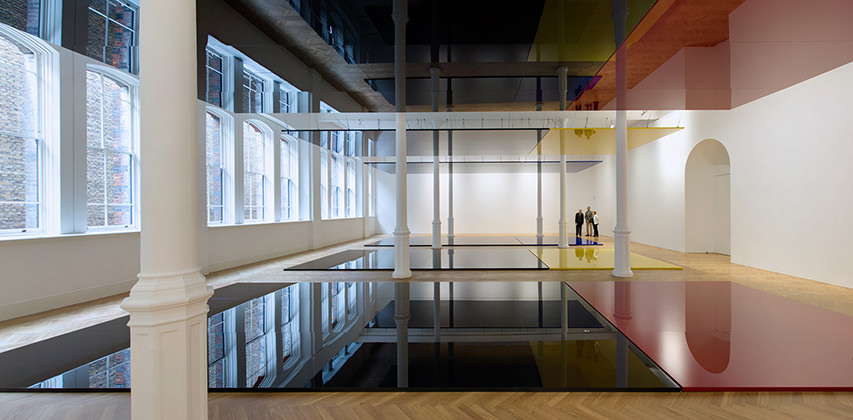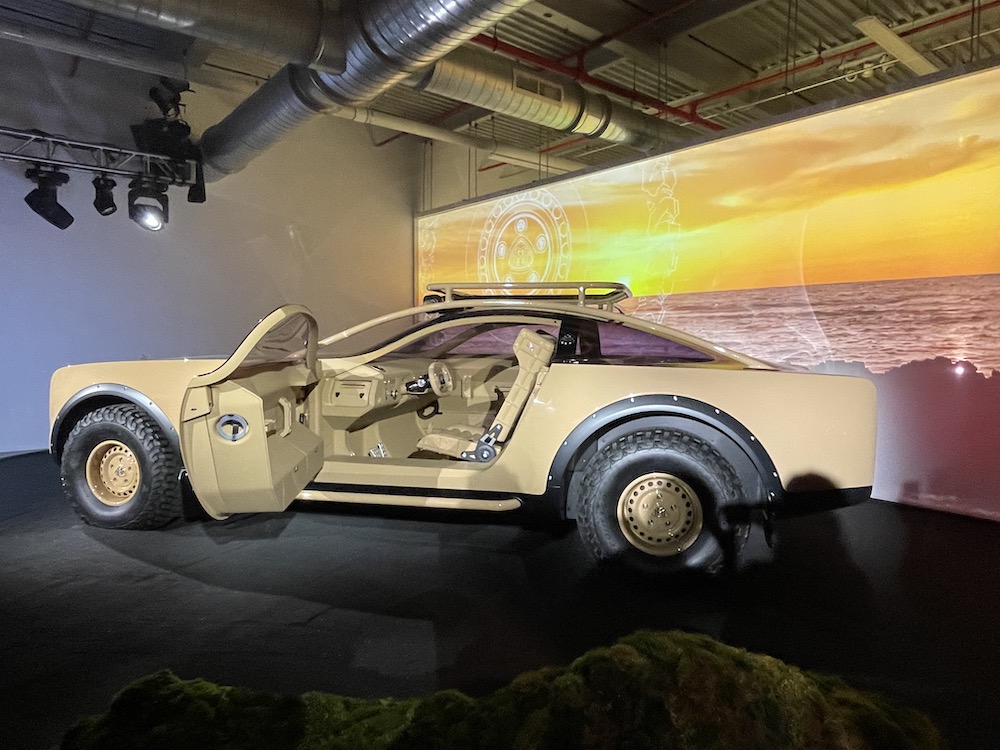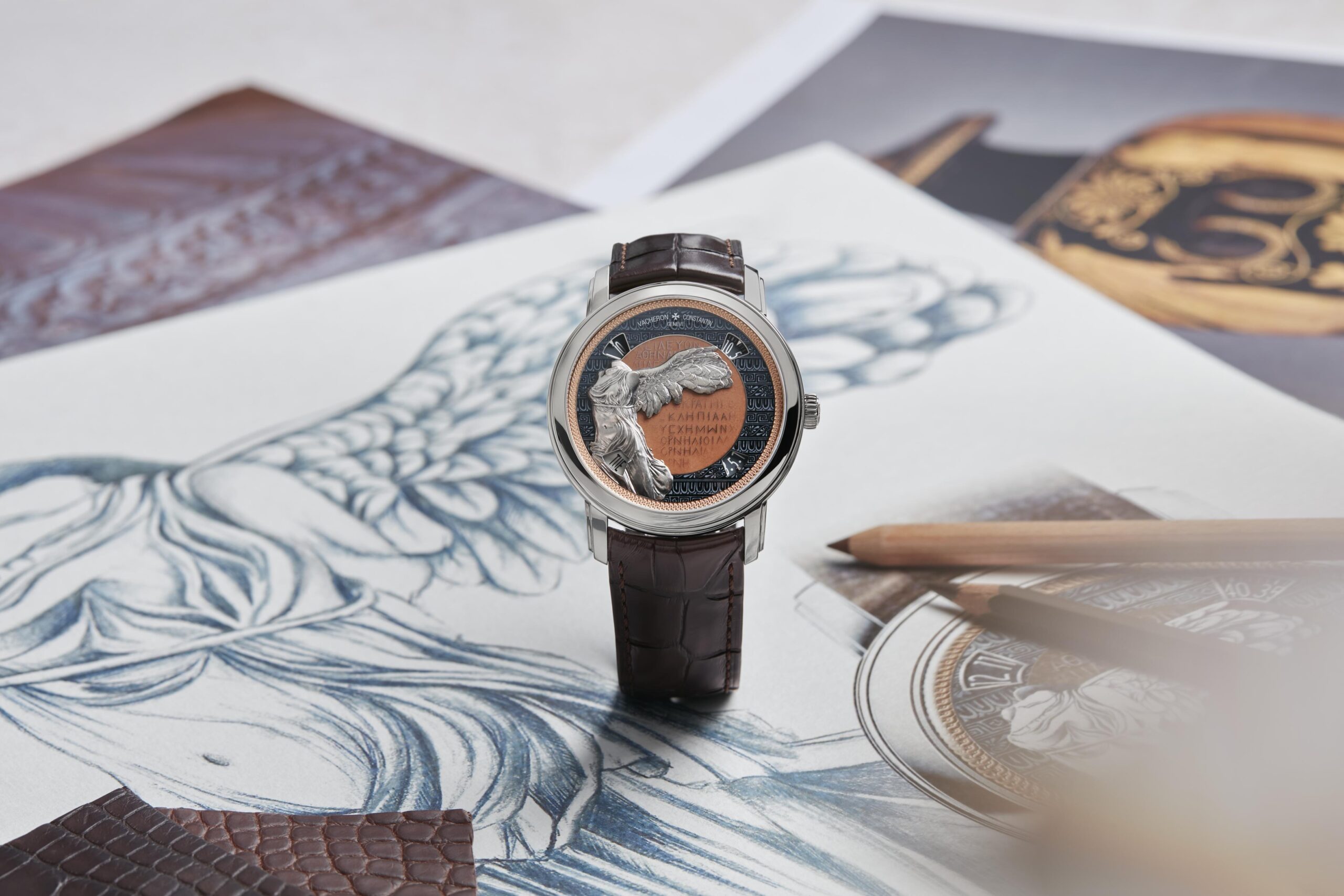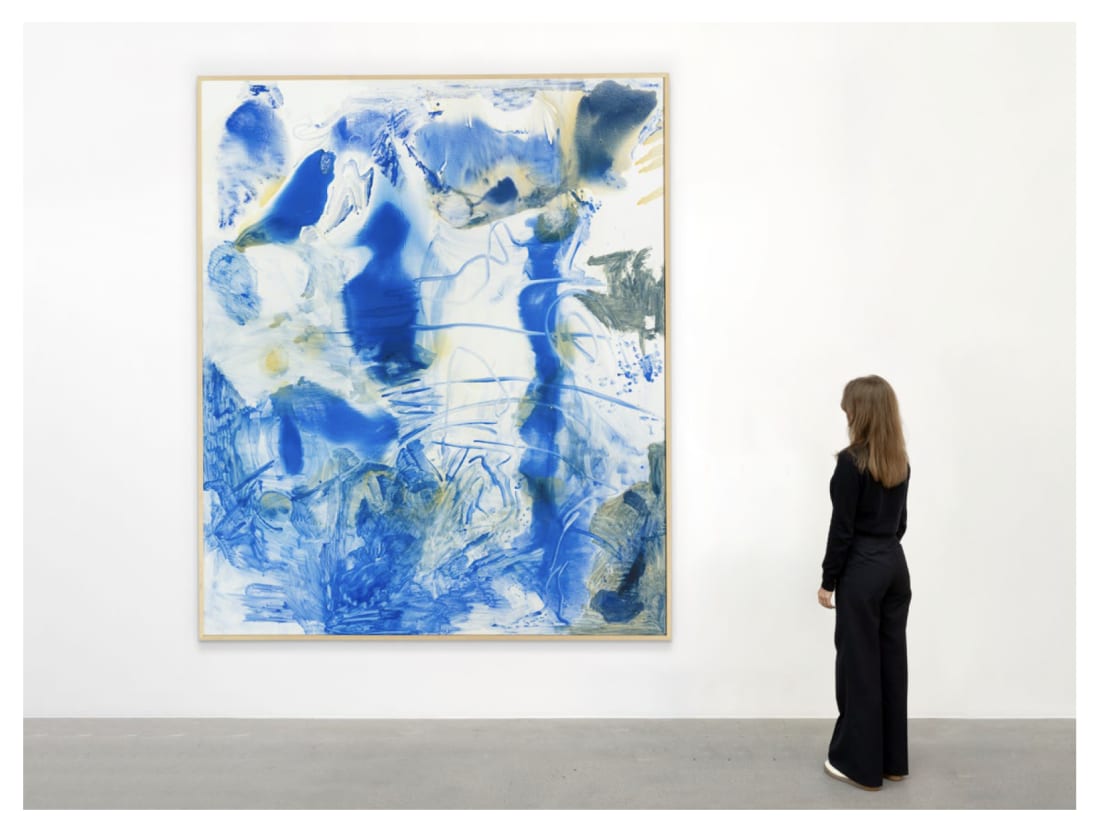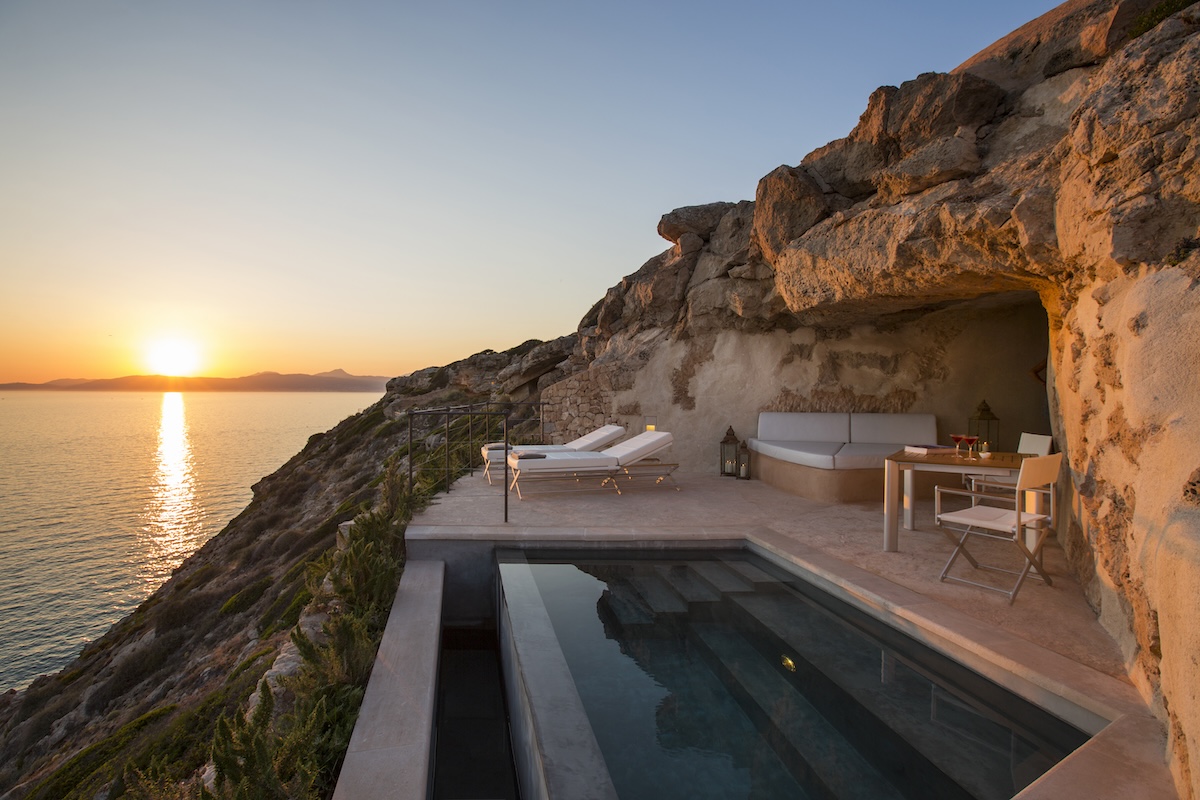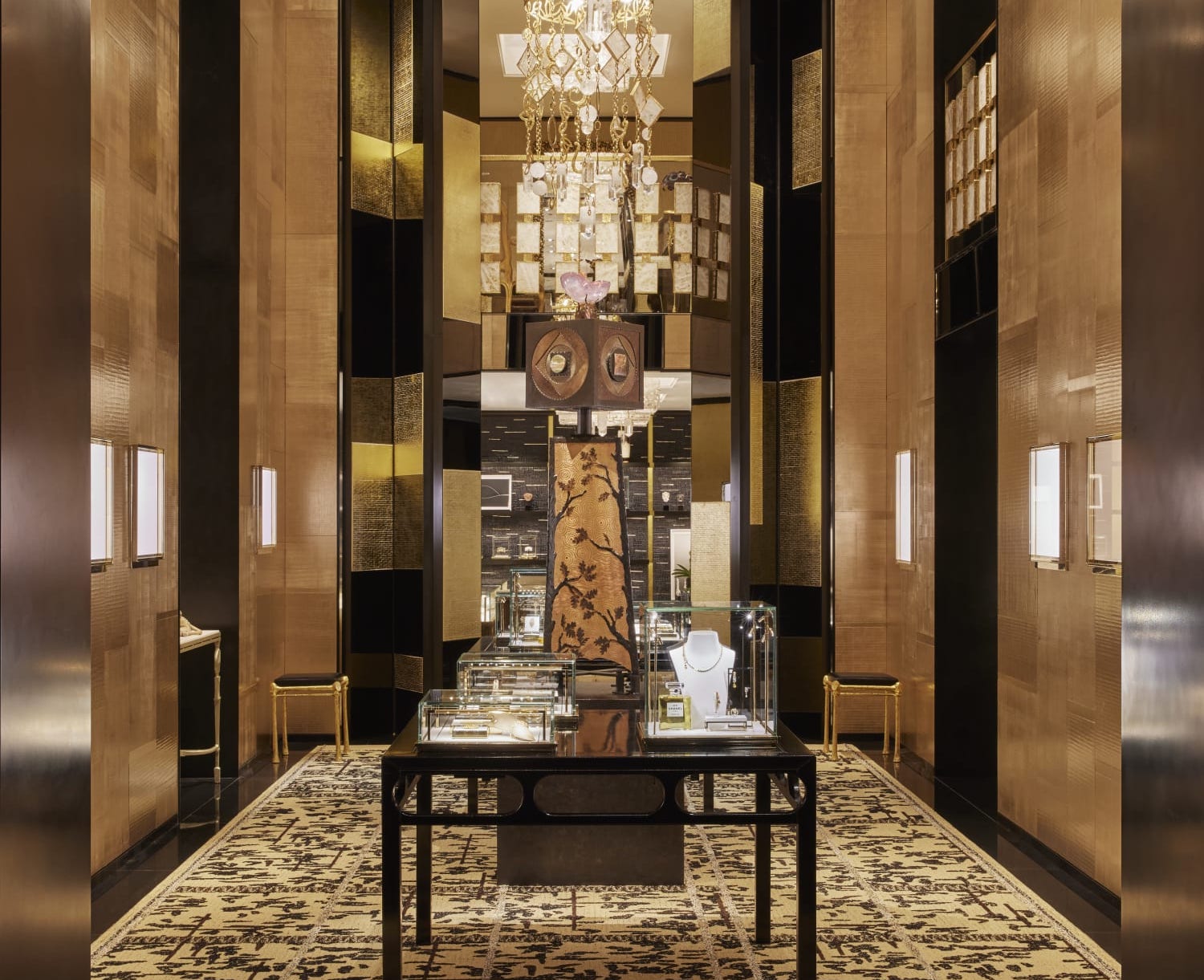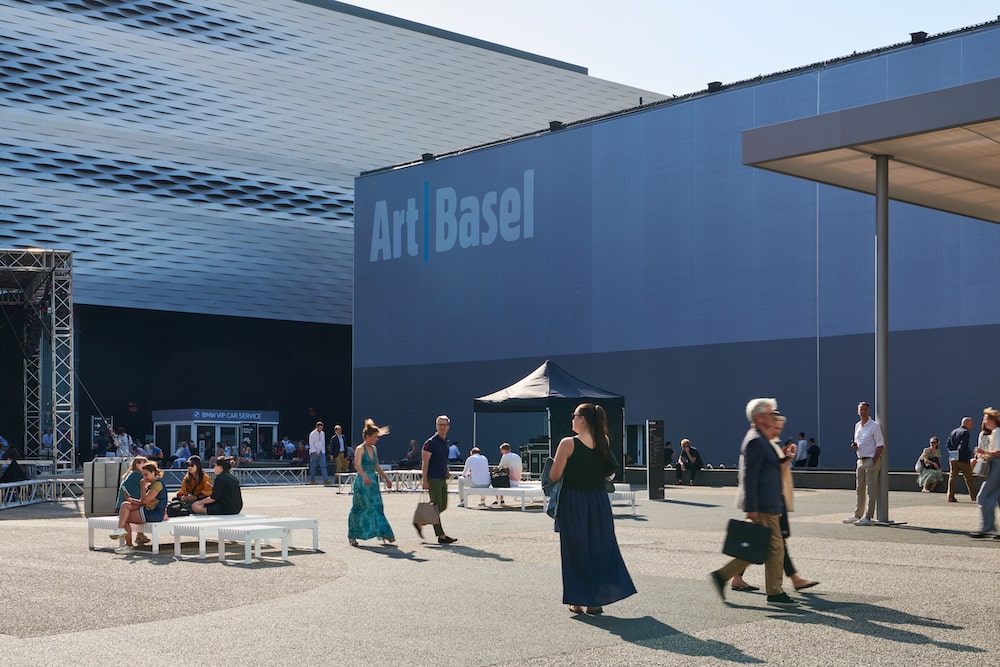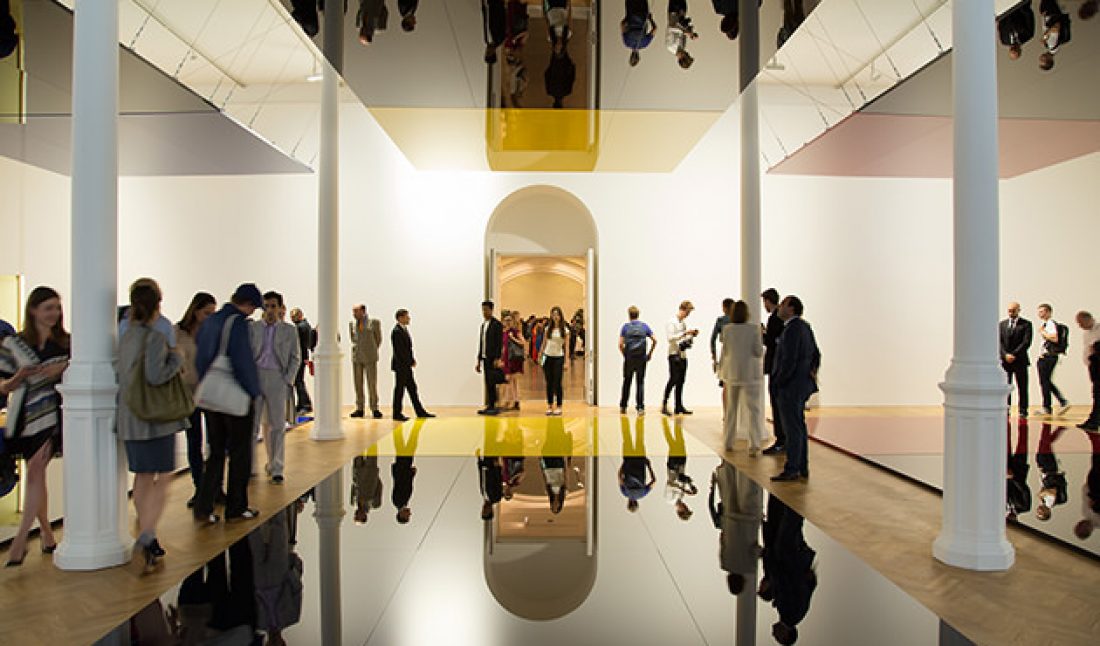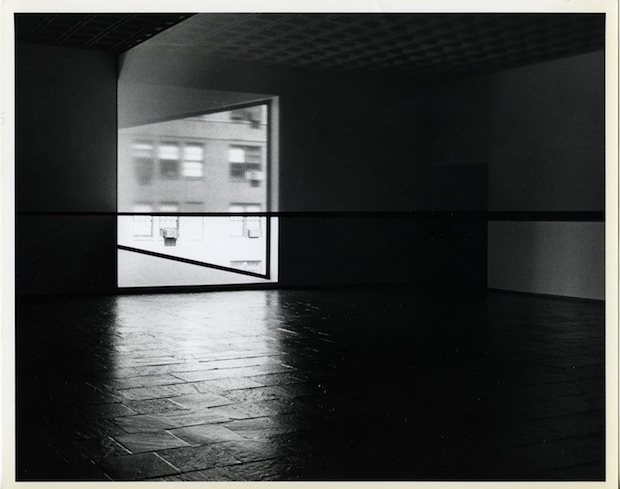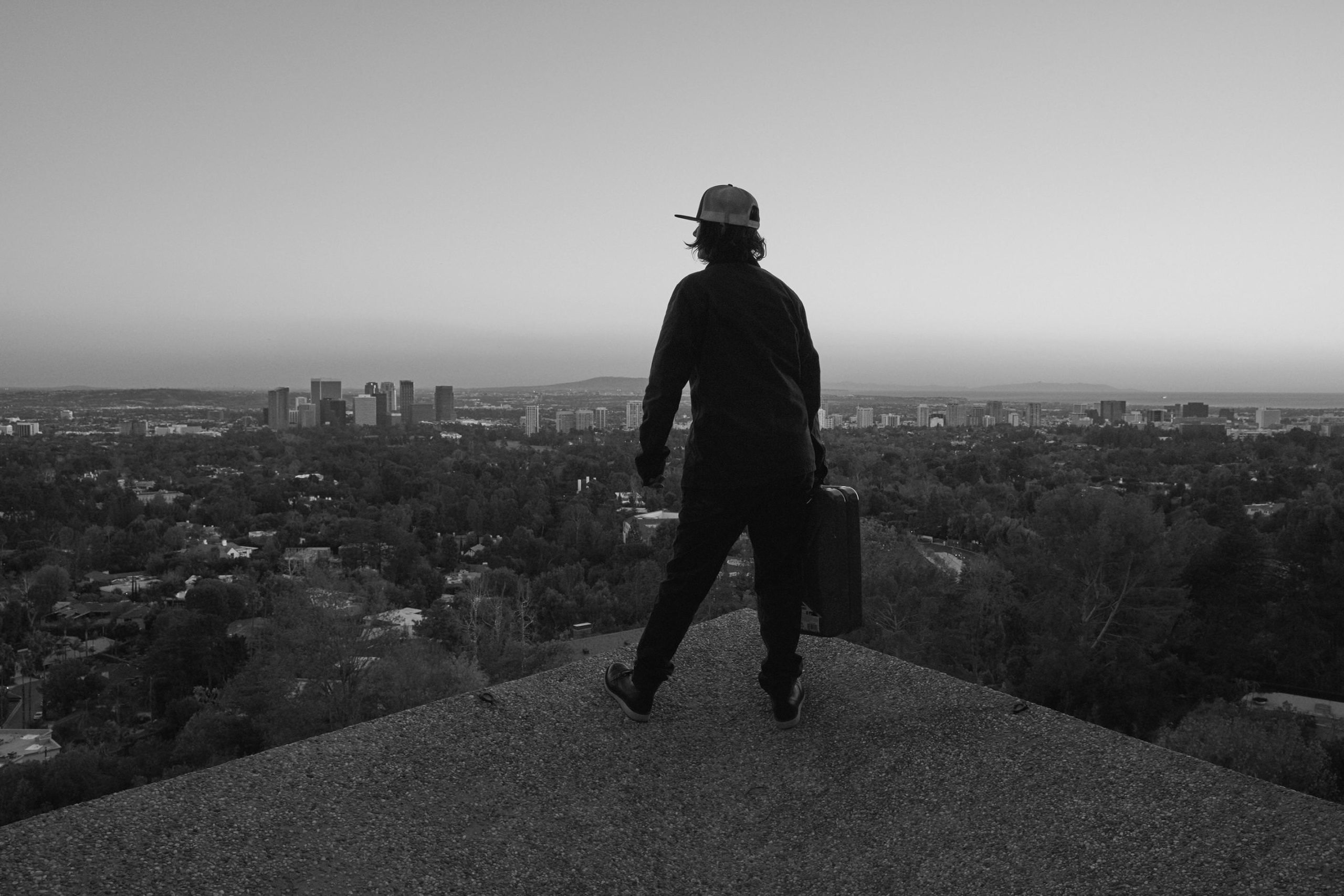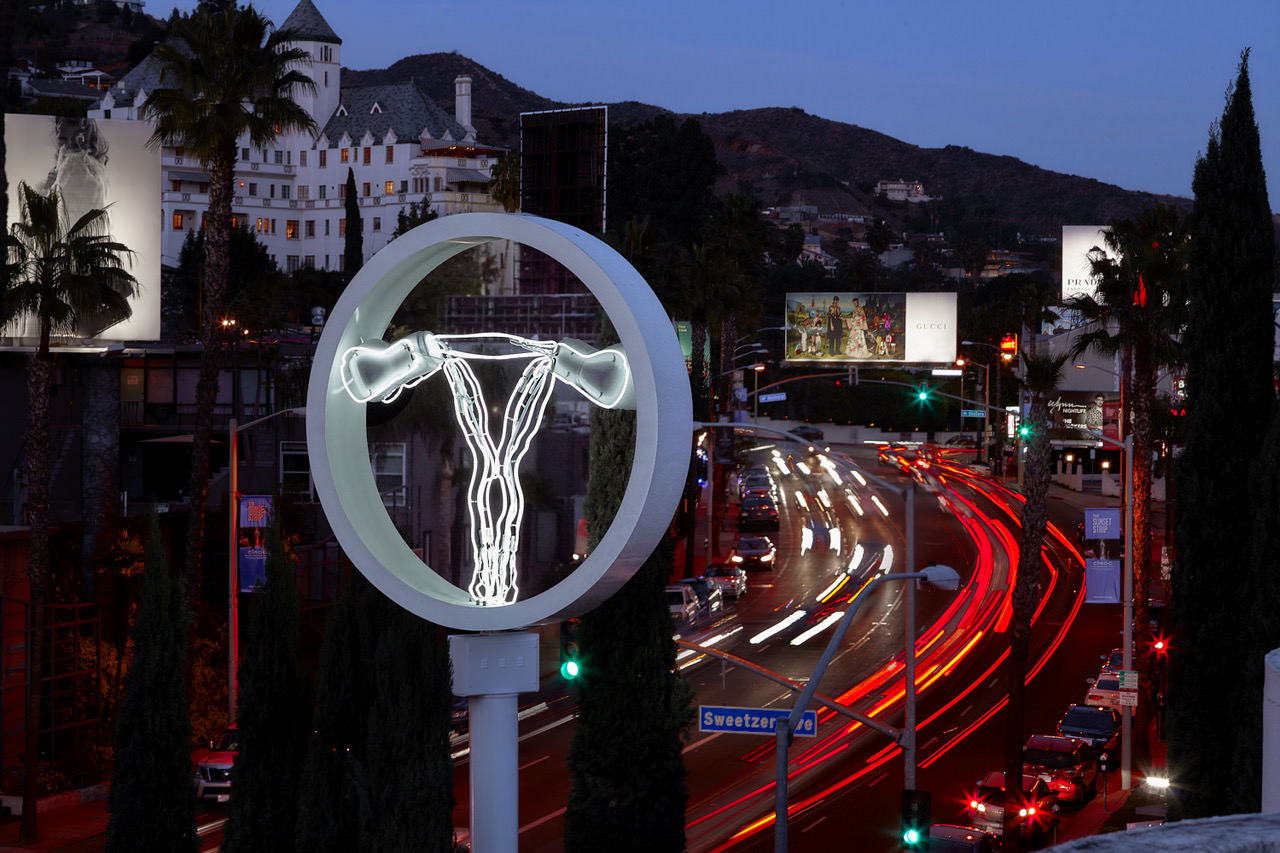The Royal Academy of Art’s 6 Burlington Gardens, whose majestic colonnaded façade was designed by James Pennethorne’s 19th-century Italianate hand, has been home to Pace London for just under a year now. This summer, Pace brings one of its most esteemed artists, Robert Irwin, to the gallery with two powerful installations.
Irwin, a frontrunner of the early 1960s Californian Light and Space movement, has investigated the concept of perception in his work for over 60 years. The movement, a cousin of minimalism that brought into question the validity of art in a similar way to its contemporary, Pop Art, was primarily concerned with eradicating the limitations of painting and sculpture, and replacing them with an infinite sensory experience. Irwin’s installations transform galleries, using light to create a mesmerising and almost interactive experience for viewers.
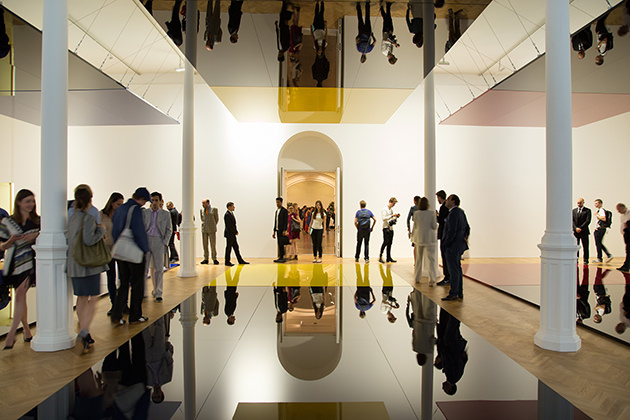
The two site-specific pieces that will dominate the rooms of Pace until August 17, create quite different experiences. On the ground floor, “Who’s Afraid of Red, Yellow & Blue III,” is comprised of six flat aluminium panels, half suspended from the ceiling, and the others placed on the floor mirroring their identical counterparts. The enormous primary-colored panels dominate the space. Their glossed finishes reflect the light that flows in from the gallery’s sash windows like liquid petroleum.
It’s more of an experience than just an artwork. Separated by the building’s support columns, visitors weave betwixt the bright panels, observing the reflections and the play of light upon their surfaces. Some bend over to touch the works. The Edward Albee-inspired title for this piece is entirely fitting. Any critical rejection of the primary colours is swiftly quashed by Irwin’s creation.
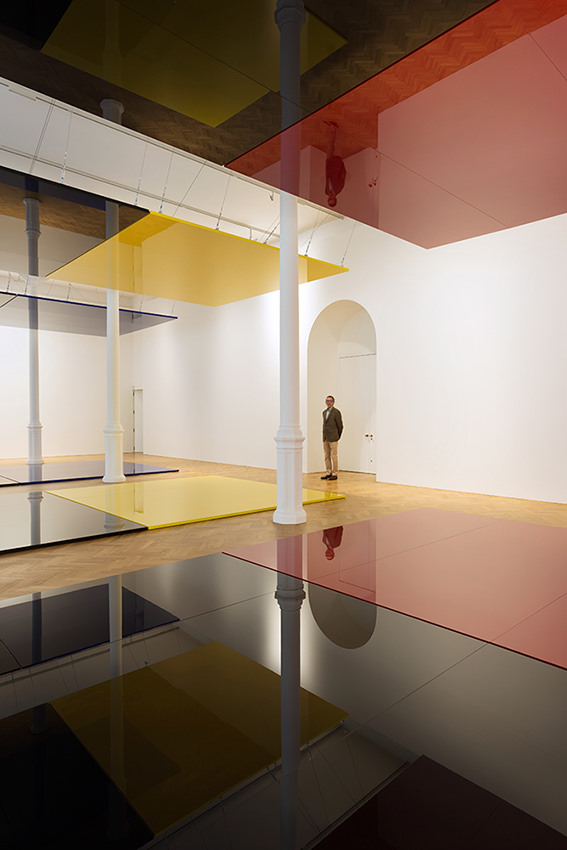
The second light-installation, “Piccadilly,” which Pace describes as “playing with rhythm, texture, densities, temperature, and chromatic relationships,” brings the harsh fluorescence of London’s Piccadilly Circus into the gallery. The lights can be flicked, switching to emphasise darker or lighter hues of emeralds and turquoises, a green and white barcode of bulbs.
